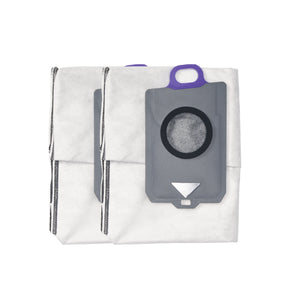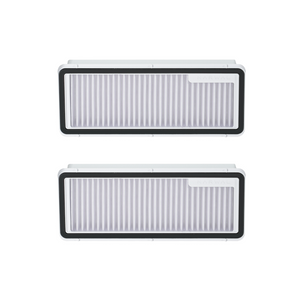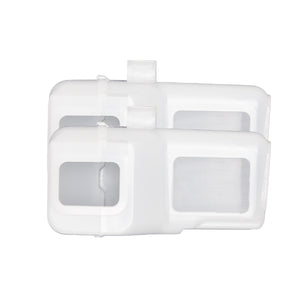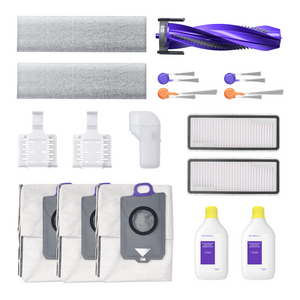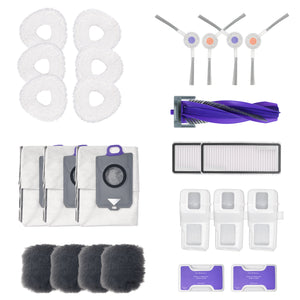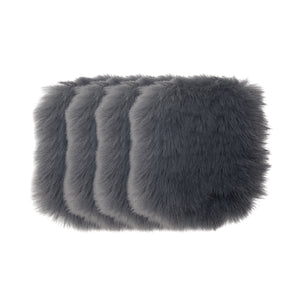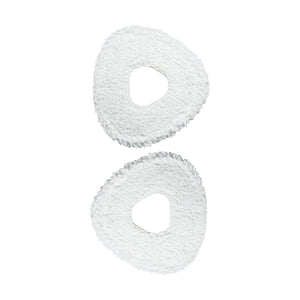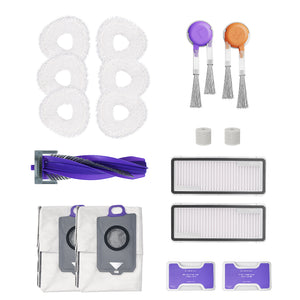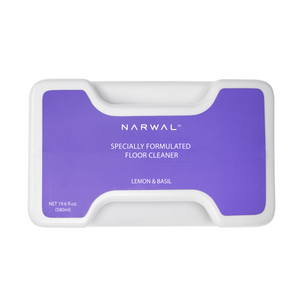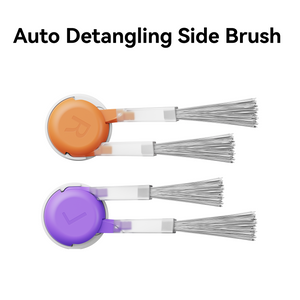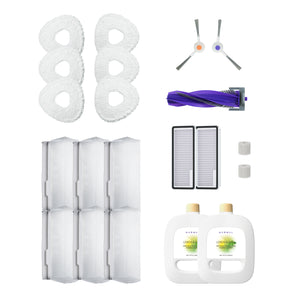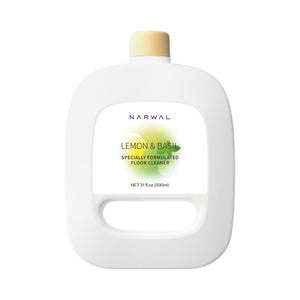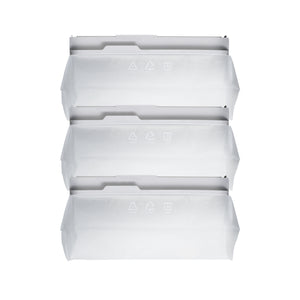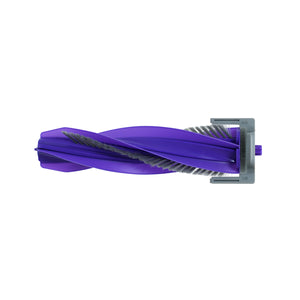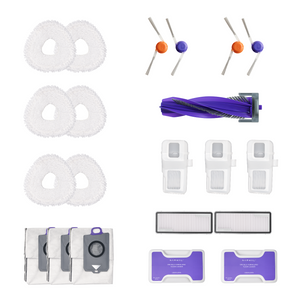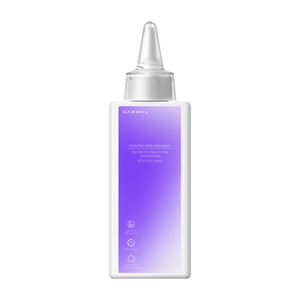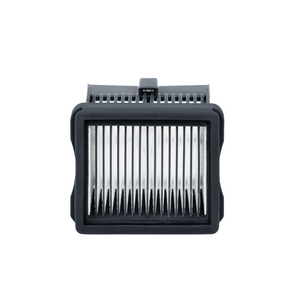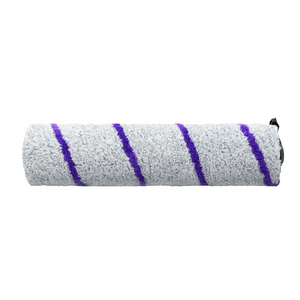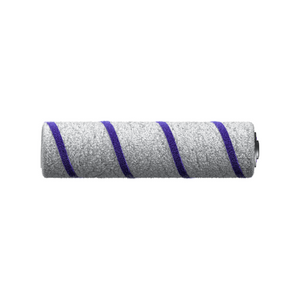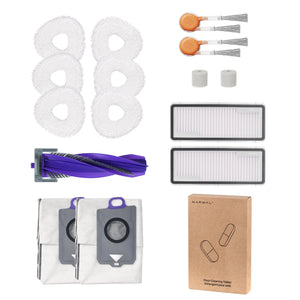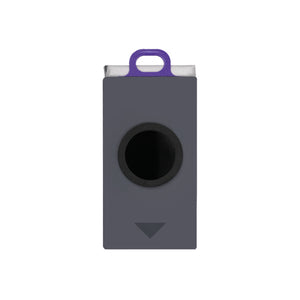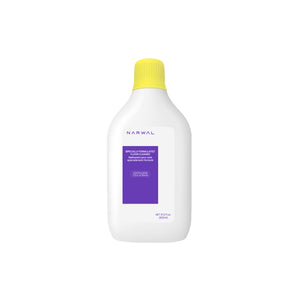You’ve seen the term “beater bar” in vacuum descriptions, but what exactly does it mean? Does it matter?
In this article, we’ll explain exactly what a beater bar is and how it works. You’ll learn how it compares to a brushroll, whether today’s vacuums still use it, and what role it plays in carpet cleaning. We’ll also cover how it interacts with different floor types and how Narwal takes a smarter approach with its advanced roller system.
What Is a Beater Bar on a Vacuum?
A beater bar is a spinning part inside some vacuum heads that hits or shakes the carpet to loosen dirt stuck deep in the fibers. It’s a type of vacuum cleaner attachment made to help clean thick carpets more thoroughly than suction alone.
Beater Bar vs Brushroll: What’s the Difference?
A beater bar and a brushroll are both rotating components inside a vacuum head, but they differ in design and how they treat your floors.
-
Structure: A traditional beater bar is a metal or rigid plastic strip designed to strike carpet fibers as it spins. In contrast, a brushroll uses soft bristles or rubber fins that sweep and agitate debris without hitting the surface.
-
Function: Beater bars deliver a pounding action that shakes dirt loose, especially from thick carpets. Brushrolls loosen and lift debris using a brushing or sweeping motion, which is gentler and quieter.
-
Floor Compatibility: Beater bars work best on dense, high-pile carpets but may damage delicate rugs or hard floors. Brushrolls are safer for a wider range of surfaces, including area rugs, hardwood, and tile—especially when made with rubber or soft-touch materials.
While both tools aim to improve carpet cleaning, the brushroll has largely replaced the beater bar in modern vacuums due to its floor safety, lower noise, and lower maintenance requirements.
Beater Bar vs Brushroll Comparison
|
Feature |
Beater Bar |
Brushroll |
|
Structure |
Rigid metal or plastic bar that strikes carpet |
Rotating roller with bristles or rubber fins |
|
Best Floor Type |
Thick, high-pile carpets |
Mixed floors (carpet + hard floor) |
|
Surface Safety |
Can damage delicate carpets or hard floors |
Safer for most surfaces |
|
Maintenance |
More prone to hair tangling and wear |
Easier to clean and maintain |
Do Modern Vacuums Still Use Beater Bars?
Beater bars were first introduced in upright vacuums as metal strips that beat carpet fibers to loosen dirt. Over time, this design evolved into rotating brushrolls made of bristles, rubber fins, or hybrid materials. Today, most modern vacuums no longer use a true beater bar in the traditional sense.
Instead, they rely on motorized brushrolls that mimic the same deep-cleaning effect—especially on carpets—without the risk of surface damage. Many brands still use the term “beater bar,” but the actual mechanism is usually a softer, quieter, and more floor-safe roller system.

Is a Beater Bar Good for Carpet?
Yes—on the right type of carpet, a beater bar can significantly improve cleaning performance. Its rotating motion agitates dense carpet fibers to lift embedded dust, hair, and allergens that suction alone might miss. This makes it especially effective on thick, high-pile carpets and heavily trafficked areas, especially when used with a carpet vacuum head with beater bar designed for deep pile surfaces.
On thick carpets, this mechanical agitation improves cleaning results, reduces the number of passes needed, and contributes to better indoor air quality. For homes with large carpeted areas, it remains one of the most effective tools for routine maintenance. If your priority is deep-cleaning performance without the risk of damage, a vacuum for thick carpet with brushroll is often more versatile than a traditional beater bar model.
Can a Beater Bar Damage Carpet?
Yes, a traditional beater bar can damage certain types of carpet if used incorrectly or too aggressively. Delicate loop pile, wool, and low-density rugs are more prone to fraying, fuzzing, or matting when repeatedly agitated.
To prevent damage, always check the carpet material and adjust your vacuum settings accordingly. Many modern vacuums let you turn off the beater bar or swap to a gentler floor head when needed.
Can a Beater Bar Damage Hard Floors?
Yes. Using a beater bar on hard floors like hardwood, laminate, or tile can lead to scratches, scuff marks, or dulling of the surface—especially if debris or grit gets caught on the roller.
If your vacuum doesn’t automatically adjust to floor type, switch to a soft roller brush or turn off the beater bar when cleaning hard surfaces. This protects your flooring and avoids unnecessary wear.
What Vacuums Don’t Use a Beater Bar?
Many modern vacuums, especially robot models and premium stick vacuums, no longer use traditional beater bars. Instead, they rely on brushrolls or roller systems that provide effective agitation without harsh impact—offering the same deep-cleaning performance while protecting delicate surfaces.
Narwal vacuums are fully beater-bar-free. Rather than using a rigid, strike-based bar, Narwal’s roller brush is designed to sweep and agitate debris gently. It lifts dirt from carpets while remaining safe for hardwood, tile, and low-pile rugs. The tangle-free design prevents hair wrap, and soft-contact materials ensure a smooth clean without scuffing your floors.
Models like the Narwal Freo Pro and Freo Z10 further improve cleaning with edge brushes that reach baseboards and smart sensors that adjust cleaning pressure automatically. This system offers the benefits of deep agitation—without the drawbacks of a traditional beater bar.
If you're looking for a vacuum that handles both carpets and hard floors without risking damage, a beater-bar-free model like Narwal is the smarter choice.
[cta:narwal-freo-pro-robot-vacuum-mop]
[cta:narwal-freo-z10-robot-vacuum-mop]

Should You Buy a Vacuum with a Beater Bar?
It depends on your flooring, carpet type, and cleaning needs.
A vacuum with a beater bar can be highly effective for deep-cleaning thick or high-pile carpets, especially in homes with pets or heavy foot traffic. The rotating action loosens embedded dirt and hair that suction alone may leave behind.
However, if your home has delicate rugs, loop pile carpets, or mostly hard floors like wood or tile, a traditional beater bar may do more harm than good. It can cause fraying, matting, or surface scratches over time.
For most households, a brushroll-equipped vacuum or a smart roller system without a beater bar offers a better balance—providing agitation where needed while being safe on a wider variety of floor types.
Bottom line: Choose a beater bar if you prioritize deep carpet cleaning and know your flooring can handle it. Otherwise, opt for a beater-bar-free model like Narwal for a gentler, more versatile clean.
Summary: Beater Bar Pros and Cons
A beater bar can be a powerful cleaning tool—but only if it matches your floor type and cleaning needs. Here's a quick overview to help you decide if it's worth it:
|
Pros |
Cons |
|
Deep cleans thick and high-pile carpets |
May damage delicate rugs or loop pile carpet |
|
Lifts embedded pet hair and debris |
Can scratch hard floors like hardwood or tile |
|
Effective in high-traffic carpeted areas |
Often louder and harder to maintain |
|
Reduces number of vacuum passes needed |
Not safe for mixed flooring without an off switch |
Verdict: A beater bar is worth it if your home has mostly thick carpets and you need aggressive cleaning power. But for mixed surfaces or delicate floors, a beater-bar-free vacuum like Narwal offers a safer, smarter alternative—without sacrificing cleaning performance.

Clean Better by Rethinking the Beater Bar on a Vacuum
The beater bar has long shaped how vacuums clean, but knowing how it fits into your home matters more than knowing how it works. Cleaning isn’t just about suction; it’s about the right contact with the right surface.
Today’s best vacuums go beyond brute force. They protect as they clean, adapting to different floors without causing damage. That shift from old methods to thoughtful design changes how people care for their spaces.
Narwal leads that change. With advanced roller systems that avoid tangling and protect every floor type, it removes guesswork from the process. No switching heads. No scratched floors. Just intelligent, consistent results.
If your floors deserve more than a standard clean, it’s time to see what thoughtful engineering can do. Looking for a vacuum that cleans carpets without the risks of a beater bar? Discover how Narwal’s roller system protects your floors while lifting debris effectively.



















